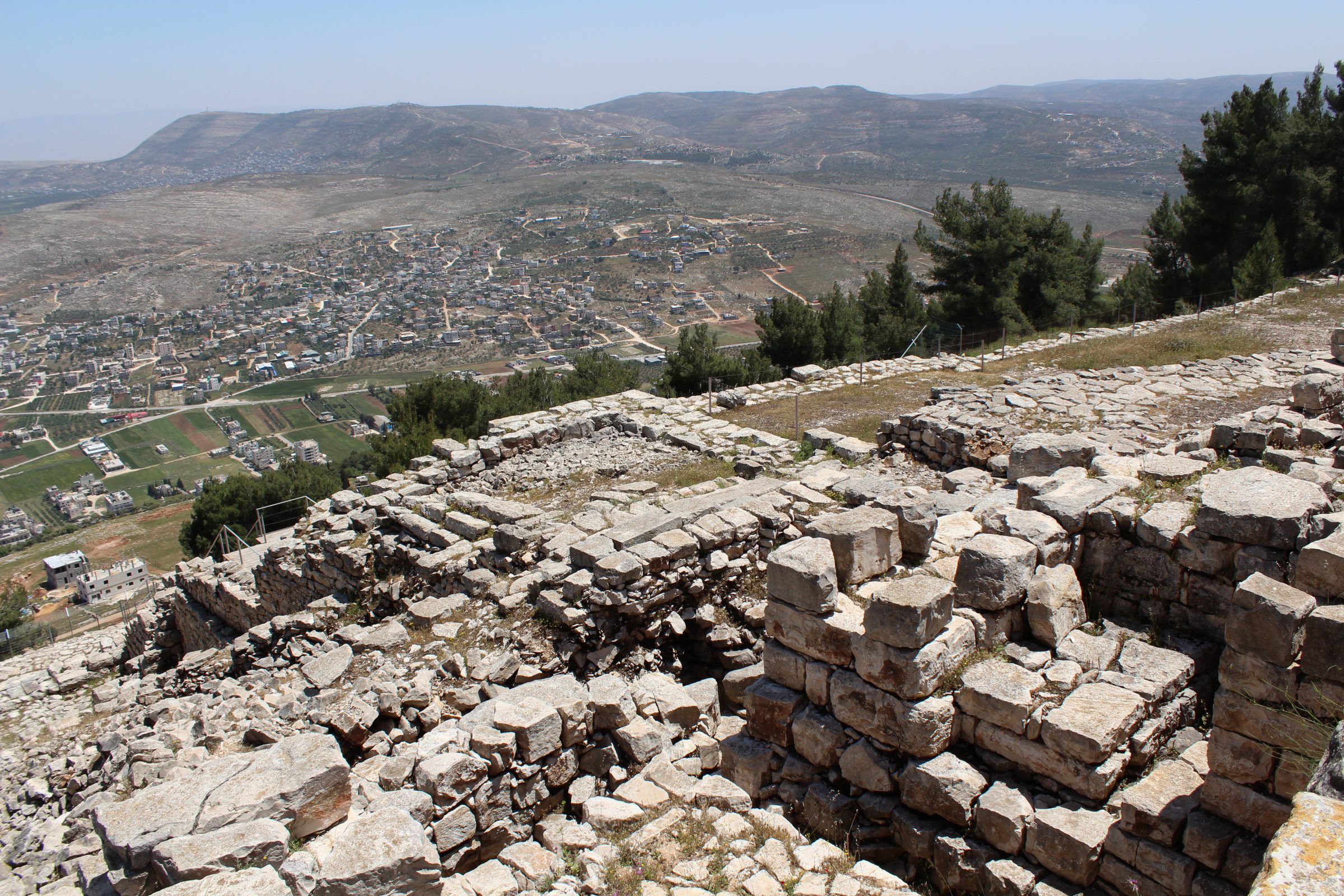A Samaritan Village Rejects Jesus
51 When the days drew near for him to be taken up, he set his face to go to Jerusalem. 52 And he sent messengers ahead of him, who went and entered a village of the Samaritans, to make preparations for him. 53 But the people did not receive him, because his face was set toward Jerusalem. 54 And when his disciples James and John saw it, they said, “Lord, do you want us to tell fire to come down from heaven and consume them?” 55 But he turned and rebuked them. 56 And they went on to another village.
Observations and Reflections
 The Samaritan people were greatly disliked by the Jewish people, not because they were gentiles, but because they were considered fallen away from true Judaism (or the law of Moses). The 10 northern tribes of Israel had long been split away from Judah, Benjamin, and Levi (Yes you counted right. There are technically 13 tribes). This information might seem strange but it’s important to understand the Judean divide.
The Samaritan people were greatly disliked by the Jewish people, not because they were gentiles, but because they were considered fallen away from true Judaism (or the law of Moses). The 10 northern tribes of Israel had long been split away from Judah, Benjamin, and Levi (Yes you counted right. There are technically 13 tribes). This information might seem strange but it’s important to understand the Judean divide.
Jacob had 12 sons,
Jacob had 12 sons: Reuben, Simeon, Levi, Judah, Issachar, Zebulun, Joseph, Benjamin, Dan, Naphtali, Gad, Asher; they became the patriarchs of the 12 original Tribes of Israel (Gen. 35:22-26)
but the promised land was not really divided by those 12 sons. Joseph was given a double portion and when the promised land was divided both of the tribes of the sons of Joseph (Menasseh & Ephriam) got a land portion. One would think that this would create 13 plots of land except that God did not give a plot of land to the Levites, who lived separately as they were the priests.
The division of the land listed in Joshua included portions for the following tribes, Manasseh. Reuben, Gad, Judah, Ephriam, Benjamin, Simeon, Zebulun, Issachar, Asher, Naphtali, and Dan. (Joshua 13-21)
Thus, even though the Levites were not given a plot of land, they were one of the 12 tribes and associated themselves with Jerusalem since the temple was there. The tribes of Menasseh and Ephriam were counted as tribes when the land was distributed but Joseph was not, which gives use (technically) 13 tribes but only 12 land divisions.
Despite the land being divided into 12 portions, the 12 tribes were only united as one kingdom for a short time period under the rule of King Saul, David and Solomon. Once Solomon died, the 10 northern tribes broke off into their own kingdom and were ruled by one son on Solomon, while Judah, Benjamin, and the Levites were ruled by another son of Solomon, who was believed to the rightful heir to the monarchy. The cause for the division is too large of a topic to cover here but know that the northern tribes left as a means of survival not antagonism.
When the Assyrians invaded Israel (the 10 northern tribes) in the 8th century BCE, the 10 tribes were exiled and the land was infiltrated with foreigns and pagans. The reason provided by the southern tribes (known simply as Judah) for this invasion was that they had not honored God correctly by recognizing the Temple in Jerusalem and setting up their own system of worship in the north. They were also accused of pagan worship. They also built their own temples for people to gather and worship that were separated from Judah.
This rift between the Judeans and the people now known as the Samaritans carried on for over 1000 years by the time we see Jesus entering Samaria, in Luke 9. This is why Jesus was rejected for “turning towards Jerusalem”.
But the people did not receive him, because his face was set toward Jerusalem. (Luke 9:53)
The Samaritans would turn towards (in prayer) their high place of worship which was Mt Gerizim (pictured in featured image). However, Jesus being a Jew, turned towards Jerusalem. This would have been a serious insult to the Hebrews who were still dedicated to the law of Moses.
 This was not the first time that the Samaritan’s had rejected Jesus. In the Old Testament, Elijah had also come face to face with this group of people and they were faced with God sending fire from Heaven to do prove to them that He does exist.
This was not the first time that the Samaritan’s had rejected Jesus. In the Old Testament, Elijah had also come face to face with this group of people and they were faced with God sending fire from Heaven to do prove to them that He does exist.
This was a turning point in the ministry of Jesus. Ultimately Jerusalem was going to be the place in which He would be crucified and having His eyes set on that place pointed to the fact that even though He was rejected by the Samaritan village, the ultimate rejection was about to take place in Jerusalem.
Though He was rejected, Jesus still responds in Grace and love and that is exactly what He also does by going to the cross. His response to the disciples and rebuking them was to show them that the world is going to reject Him, that does not mean we should not still respond with Grace.
[This image was taken as part of the Elef Millim project trip to Mount Gerizim, near the town of Nablus (biblicalShechem) which was held on Friday, 26th April 2013.]
